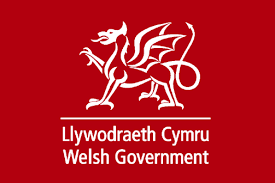EFRA Committee calls for Government to prioritise rural areas in the broadband roll-out programme
The Environment, Food and Rural Affairs Select Committee today published a report into the extent of broadband coverage in rural areas and the launch of digital only services, in which it called for the “hardest-to-reach??? areas to be given priority in the delivery of broadband services.
Following its launch in October the Committee have received numerous written submissions as well as hearing evidence from a range of stakeholders. Its final report includes a number of recommendations designed to address what it sees as the increasing divide between urban and rural areas. The Committee called for Government action to:
– Set a target date for the delivery of the superfast broadband to the last 5% of UK premises,
– Reassess the minimum speed of 2Mbps in the context of the delivery of basic broadband for all by 2016 (the Universal Service Commitment),
– Develop or expand the current SME voucher scheme to subsidise access to broadband in rural areas.
The Committee raised concerns over the potential delay in delivering phase 2 of the broadband roll-out programme (access of superfast broadband to 95% of UK premises by 2017) and the Government’s “premature??? move to digital-only services because of remaining disparities in broadband access across the country. The Committee also called for local communities to be provided with more information on planned coverage and speed on a premise-by premise basis rather than by postcode.
Echoing BDUK Chief Executive Chris Townsend at the last Public Accounts Committee meeting (28 January), the EFRA Committee noted that Fibre to the Cabinet (FTTC) was not the most suitable method to deliver broadband in in the last few % of households (due to the longer distance between premises and cabinets). It recognised that satellite and other innovative technologies could provide a possible alternative to fixed-line solutions.
The full report can be found here:
http://www.publications.parliament.uk/pa/cm201415/cmselect/cmenvfru/834/83402.htm




